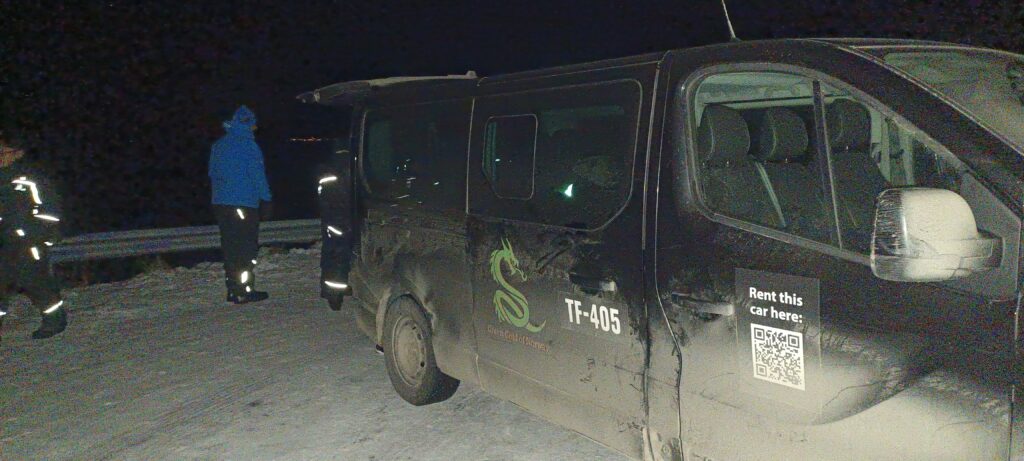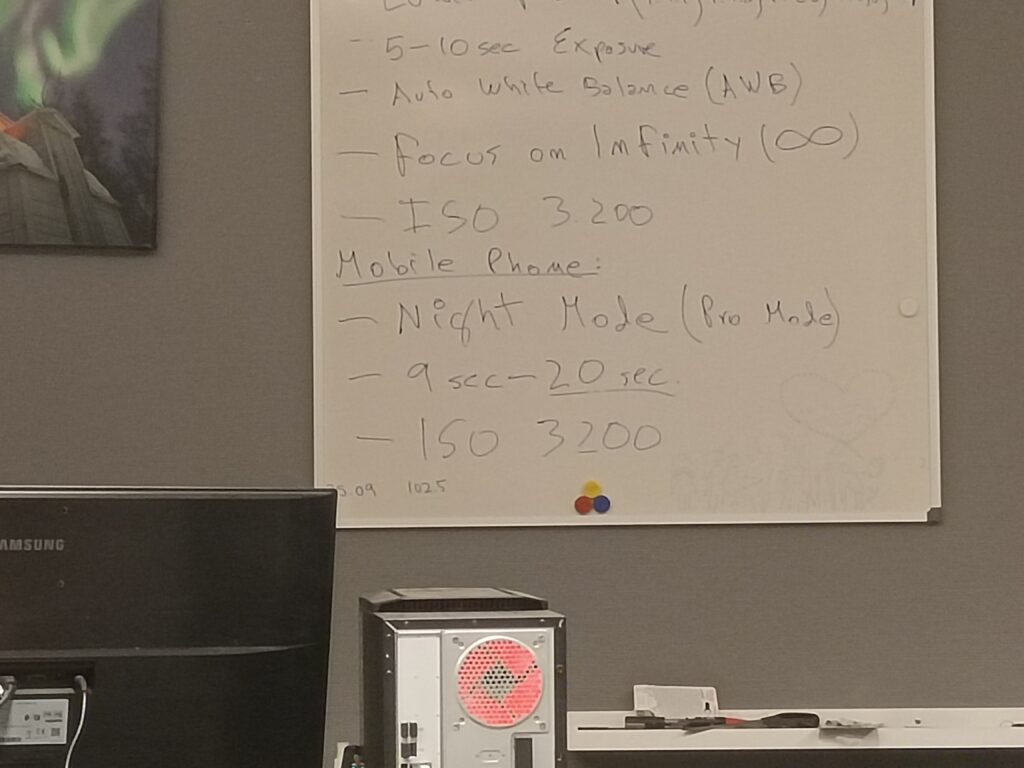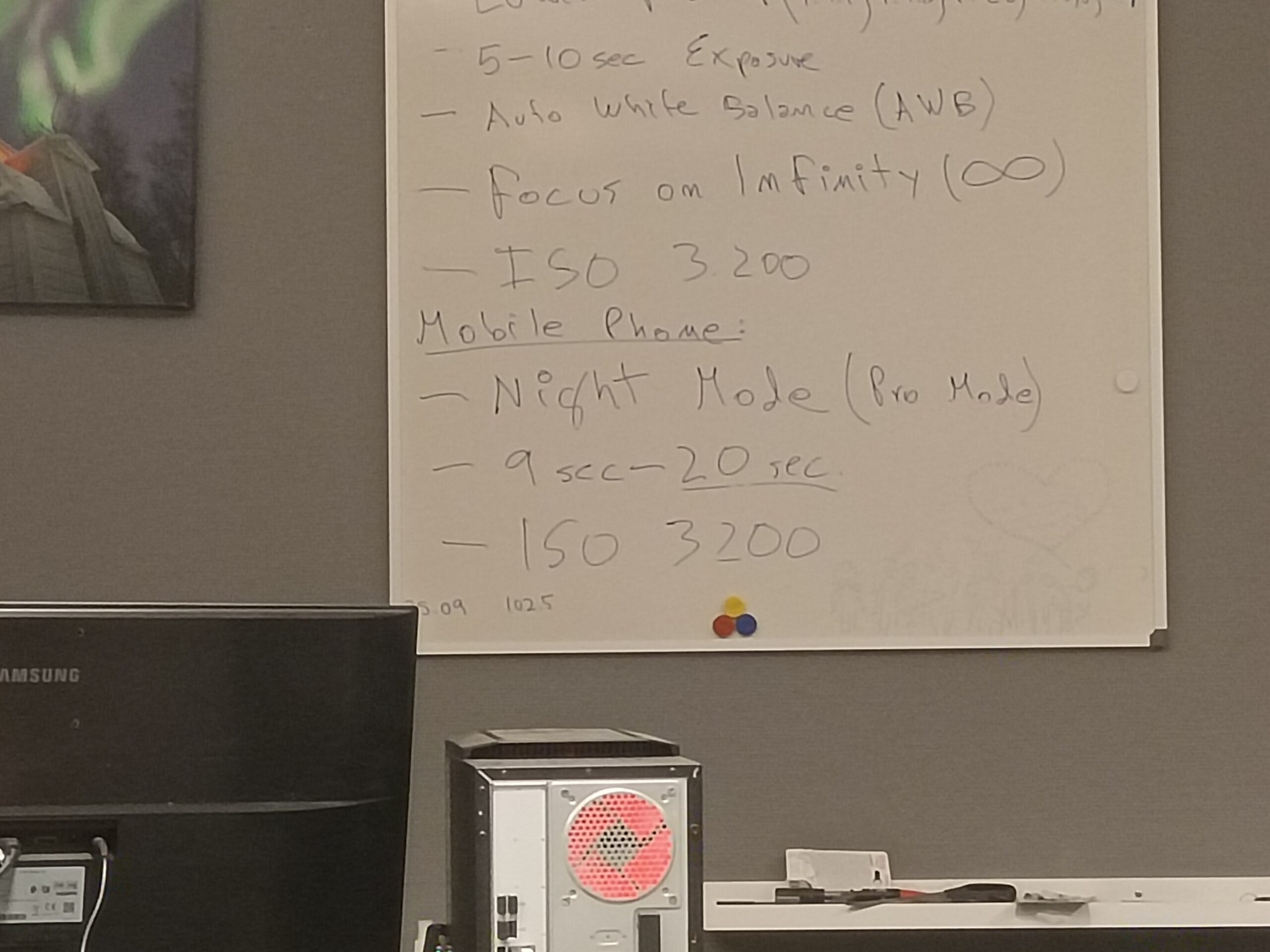The phenomenon of Northern Lights can be witnessed from different locations within arctic circle including Iceland, Norway and the likes. In fact, travelers visiting the Arctic countries generally wouldn’t miss to witness this beautiful geomagnetic activity happening in the polar side of the world. If you are planning for a visit, add it to your checklist.
Also known as the Aurora Borealis, this stunning natural phenomenon can be observed in several regions, from as far south as Oslo. For your information, the city of Oslo is located outside Arctic circle. However, Oslo, being a bustling capital, has significant light pollution, making it difficult to see the Northern Lights within the city. Traveling about 2,000 kilometers north to Tromsø, a city in Norway, which lies inside the Arctic Circle, offers a far better opportunity for sighting the auroras, especially during the winter months from September to February, which is considered peak Northern Lights season.
The Best Time to See and Chase the Northern Lights in Tromso Norway
The Northern Lights are typically most active during the colder months, from late September to March, when the nights are longest and darkest. The nights in the month of December are longest lasting for almost 23 hours a day. In Tromsø and similar Arctic locations, the auroras are most visible between 6:00 PM and 4:00 AM. Although the exact times and locations of aurora displays are unpredictable, geomagnetic activity increases around the equinoxes (March and September), offering the best chances to view the lights. Also, some days during the peak winter months may experience prolonged darkness, enhancing visibility.
Why You Need to “Chase” the Northern Lights
Since the Northern Lights are a naturally occurring phenomenon driven by solar activity, predicting them with precision is challenging. However, experienced tour operators use weather forecasts and geomagnetic data from government agencies to anticipate aurora activity as accurately as possible. They might even drive you far out of town to find a clear sky, where light pollution is minimal. Some Northern Lights tours span multiple days to improve the likelihood of sightings, giving you ample chances to capture this awe-inspiring spectacle on camera. The tour operators usually take the tourists outside the city to get a clear view of the skies. It is very important to have a pitch dark location with literally zero light pollution. Clear skies with stars visible is an indication of lower light pollution and better chance of viewing the Northern Lights.

The Cost of Chasing the Northern Lights
Viewing the Northern Lights can be a costly pursuit, with tours ranging from $100 to $1,000+ per person, depending on the package. Shorter group tours generally start at around $100 to $200 for a few hours, while multi-day, guided excursions or customized photography tours often cost upwards of $500. While I’ m mentioning the price in USD, please note that Norway only accepts Norwegian Krone. Not even Euros. It is not part of the European Union. In terms of Krone, it could cost anywhere between 1500 Krone for a short trip lasting for a few hours to 30,000 Krone where the tour operator takes a bunch of tourists in a sophisticated journey outside the city for a week or a couple of days to ensure giving an unforgettable experience of this beautiful phenomenon. Having said that, no one can guarantee the visual. Premium tours with all-inclusive packages, including professional photographers, transport, accommodations, and meals, can cost as much as $5,000 for a week. Some operators offer tours that allow you to keep rebooking until you get a clear sighting, which can be invaluable given the unpredictability of auroras.
How Do the Northern Lights Look?
While many imagine the Northern Lights as brilliant green ribbons across the sky, what you see with the naked eye might differ. To the human eye, auroras often appear as subtle, moving clouds or faint greyish-green glows. The vibrant greens, purples, and pinks typically seen in photographs are often due to longer camera exposures and enhanced sensitivity to color that our eyes cannot perceive as clearly in low light. In fact, after looking at the Northern Lights through naked eyes, it only disappointed me for it was just like a cloud extending from the skies and touching the ground. There was literally no color associated with it expect its usual grey shade. Heads up to Northern Lights enthusiasts. Don’t get disappointed. If the geomagnetic activity is heavy and the sky is clear and you are out of the city, then, there is a high possibility for you to see the phenomenon through naked eyes. But, in case of minor activity, your camera could still capture it.
Capturing these hues on a smartphone may require adjusting exposure settings, but for a more vivid, detailed image, a DSLR camera with a long-exposure setting is ideal.
My tour operator assembled all the tourists in a room and gave us instructions, dos and donts, the possibilities of seeing the northern lights for the night, offered all of us overcoats, special shoes and also highlighted the recommended exposure rates for our cameras to precisely capture northern lights phenomena if it had to happen. Below image gives the exposure rates that the tour operator had written on a whiteboard for reference.
Trust me when I say this; even after making attempts to stick the above exposure settings which wasn’t easy in first place, the mobile phone hardly captured the phenomenon. Some of the Apple iPhone captured a better version of this activity. However it was the powerful DSLR camera with setting configured by the tour operator that captured the activity, the green hues to the best possible extent. So, always, get a proffesional photograph done. You wont visit Arctic often.

The Excitement and Uncertainty of Chasing Northern Lights in Tromso Norway
Chasing the Northern Lights is an exciting journey, but it can also require patience and persistence. Weather conditions and cloud cover can greatly impact visibility, and it’s important to go with a flexible mindset. You might spend nights searching the skies and encounter disappointment, but the experience of waiting, anticipating, and finally catching a glimpse of this ethereal phenomenon can be unforgettable. Be prepared, as the Northern Lights might not always live up to the photographs, but the thrill of the chase is an adventure in itself. If you want more detailed information about exploring multiple tourist destinations within Tromso in ultra-low budget, do read this ultimate guide for Tromso visit.
Pro-tips and useful information for travelers
Tromso is in Arctic; it is ideal to be well equipped with winter clothing, jackets and especially woolen socks and snow shoes. One the dry ice on the floor is too slippery for normal shoes. Two, the normal socks wouldn’t support us withstand the cold bites.
There are several tour operators who offer Northern Lights package, however it is ideal to book / reserve the spot to ensure hassle free experience. Depending on the visitors and season, it is always better to reserve the trip online with a specific tour operator and follow an itinerary. This tour operator did a good job of educating the tourists, supporting them with necessary information and taking the tourists through this wonderful chase. Their charges for a short tour of 6 hours costs only $100 – $150 (INR 9000 to INR 10000).


